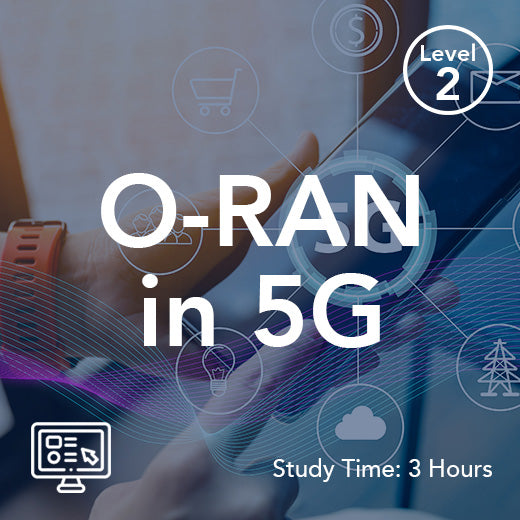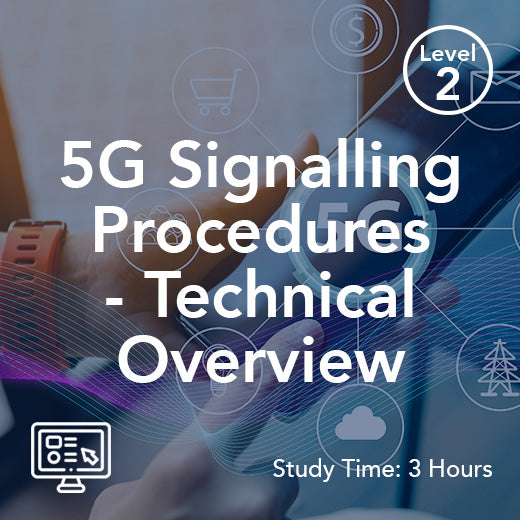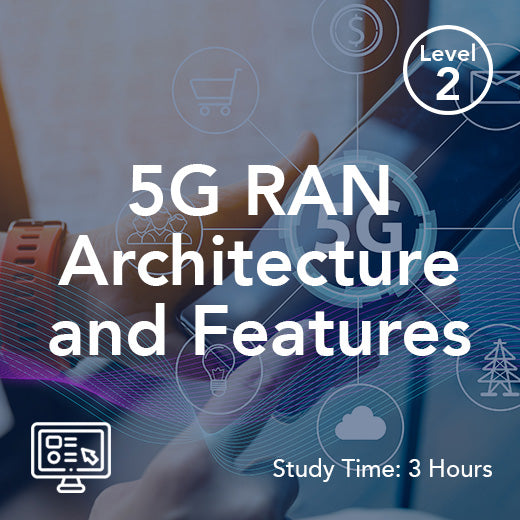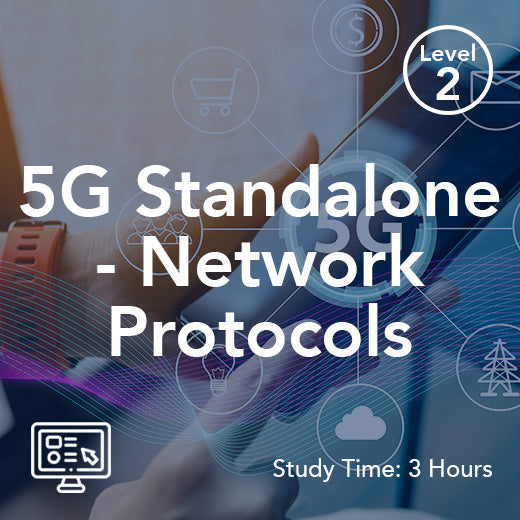Understanding Unlicensed Mobile Access: A Simple Guide for Everyone
- , by Stephanie Burrell
- 9 min reading time
In today’s interconnected world, staying connected on the go is more important than ever, and Unlicensed Mobile Access (UMA) plays a crucial role in making this possible. UMA technology allows mobile phones to switch seamlessly between mobile networks and Wi-Fi, ensuring that you stay connected no matter where you are. This guide will walk you through the basics of UMA, particularly focusing on unlicensed mobile access in telecom explaining how it works and why it’s beneficial for both everyday users and telecom providers. By demystifying this technical concept, we aim to equip you with the understanding needed to appreciate its impact on your daily communication. So, let’s delve into the world of UMA and explore how it might already be enhancing your mobile experience without you even realising it.
Introduction to Unlicensed Mobile Access
Unlicensed Mobile Access (UMA) is a telecommunication technology that facilitates seamless connectivity by allowing mobile devices to transition between cellular networks and Wi-Fi. This section introduces UMA, examining its fundamental concepts and its pivotal role in today's telecom landscape, including its integration with the core network .
What is Unlicensed Mobile Access?
Unlicensed Mobile Access (UMA) is a system that enables mobile phones to switch between mobile networks and Wi-Fi networks without interrupting service. This capability is a part of a broader approach called convergence, where different communication technologies, including unlicensed spectrum technologies, work together to deliver a continuous user experience. Essentially, UMA leverages unlicensed spectrum, such as Wi-Fi, to carry voice, data, and multimedia services. This switching is particularly beneficial in areas where mobile coverage is weak but Wi-Fi is strong.
The process involves sophisticated technology that allows a device to authenticate itself on both networks, ensuring that voice calls and data sessions are maintained without drops. Consequently, users can enjoy uninterrupted service, whether they're indoors using Wi-Fi or outdoors relying on cellular connections. This enhanced accessibility is not only convenient but also improves service quality and reliability.
Importance in Telecom Industry
The adoption of UMA technology has significant implications for the telecom industry. One of the primary benefits is the extension of mobile coverage. By utilising existing Wi-Fi networks, mobile operators can provide better service in areas where traditional mobile signals are weak. This is particularly useful in urban environments, where buildings can obstruct cellular signals.
Moreover, UMA can reduce the operational costs for telecom providers. As Wi-Fi networks use unlicensed spectrum, operators can offload traffic from their licensed networks, alleviating congestion and improving service quality. This, in turn, can lead to more satisfied customers and reduced churn rates.
Furthermore, UMA represents a step towards more integrated communication solutions. As the boundary between data and voice services blurs, technologies like UMA, which connect with the mobile core network, are crucial in delivering the seamless, high-quality service that today’s users demand. This is particularly relevant as telecom companies move towards more comprehensive service offerings.
How UMA Works
Understanding the mechanics of UMA sheds light on its efficiency and its role in enhancing mobile connectivity. This section delves into the technical processes and components that make UMA possible.
Behind the Scenes of UMA
The operation of UMA involves several technical processes. Here's a simplified look at how it works:
-
Network Detection: When a mobile device is within range of a Wi-Fi network, it detects and connects to it. The device is configured to prioritise Wi-Fi over cellular networks when both are available.
-
Authentication: The device must authenticate itself on the Wi-Fi network. This involves validating the user credentials, similar to logging into any Wi-Fi service.
-
Session Continuity: Once connected, UMA ensures that ongoing calls and data sessions are maintained without interruption. This is achieved through a seamless handover process managed by the UMA Network Controller (UNC).
-
Signal Transition: As the user moves, the device constantly checks for network availability. If the Wi-Fi signal weakens, the device automatically switches back to the mobile network.
This blend of connectivity management behind the scenes ensures that users experience reliable and continuous service, regardless of their location.
Key Components and Technologies
Several key components and technologies enable UMA's functionality:
-
UMA Network Controller (UNC): This is the core component that manages the handover between Wi-Fi and cellular networks. It ensures that connections are seamless and that the user experience remains uninterrupted.
-
Wi-Fi Access Points: These are essential for providing the unlicensed spectrum that UMA leverages. They act as the alternative access points when cellular signals are weak.
-
Dual-Mode Handsets: These devices are equipped to handle both cellular and Wi-Fi connections, switching between them as needed.
-
Security Protocols: Ensuring secure connections over Wi-Fi networks is crucial. UMA employs robust encryption and authentication protocols to protect user data.
These components work in unison to deliver the seamless connectivity that UMA promises, enhancing the versatility and reliability of mobile communication.
Benefits of Using UMA
UMA offers numerous advantages that enhance communication experiences for both users and service providers. This section explores how it achieves cost-effective communication and seamless connectivity.
Cost-Effective Communication
One of the primary benefits of UMA is its potential to reduce communication costs. By routing calls and data services over Wi-Fi, users can save on mobile data charges, especially when using free or low-cost Wi-Fi networks. This is particularly beneficial for users in areas with high data costs or for those travelling internationally.
For telecom providers, UMA offers a cost-effective solution to extending network coverage. By utilising existing Wi-Fi infrastructure, operators can avoid the significant expenses associated with building and maintaining new cellular towers.
Additionally, UMA can reduce network congestion by offloading traffic from the mobile network to Wi-Fi. This can lead to lower operational costs, allowing providers to allocate resources more efficiently. Ultimately, both users and providers stand to benefit financially from the adoption of UMA technology.
Seamless Connectivity Solutions
Seamless connectivity is a major selling point of UMA technology. Users can move freely between different network environments, which provide seamless access, without experiencing dropped calls or interrupted data sessions. This is particularly advantageous in environments where cellular coverage is patchy, such as inside large buildings or in rural areas.
-
Enhanced User Experience: Users enjoy uninterrupted service, which improves satisfaction and engagement.
-
Increased Mobility: The ability to switch between networks without manual intervention allows users to stay connected as they move from place to place.
-
Improved Reliability: By providing a backup connection path via Wi-Fi, UMA increases the reliability of mobile services.
These benefits contribute to a more robust communication service, meeting the demands of modern, mobile lifestyles.
Challenges and Limitations
Despite its advantages, UMA technology faces several challenges. This section outlines the security concerns and infrastructure compatibility issues, especially regarding unlicensed wireless networks, that could impact its deployment and effectiveness.
Security Concerns
Security is a significant concern with any technology that involves network transitions. UMA is no exception. When mobile devices switch to Wi-Fi networks, they become vulnerable to potential security threats such as data interception or unauthorised access.
-
Data Encryption: It is crucial that data transmitted over Wi-Fi is encrypted to prevent unauthorised access. UMA relies on stringent encryption protocols to safeguard user data.
-
Authentication Protocols: Robust authentication processes are necessary to ensure that only authorised devices can access the network.
-
Network Security: Wi-Fi networks must be secured against external threats to prevent breaches that could disrupt service.
Addressing these concerns requires ongoing vigilance and the implementation of advanced security measures to protect users and maintain service integrity.
Infrastructure and Compatibility Issues
Another challenge for UMA is ensuring compatibility with existing infrastructure. Not all Wi-Fi networks or devices are equipped to handle UMA. This can limit the technology's effectiveness and reach.
-
Hardware Limitations: Older devices may not support the dual-mode capabilities required for UMA to function effectively.
-
Network Compatibility: Not all Wi-Fi networks are configured to prioritise or even support UMA handovers.
-
Deployment Costs: Upgrading infrastructure to accommodate UMA can be costly for service providers.
To overcome these challenges, a concerted effort is needed from both manufacturers and service providers to standardise technology and encourage widespread adoption.
Future of Unlicensed Mobile Access
As technology evolves, UMA is poised to play an even more integral role in telecommunications. This section explores emerging trends and the potential impact of UMA on the future of telecommunication services.
Emerging Trends and Innovations
The future of UMA is closely tied to ongoing advancements in telecommunications technology. Emerging trends suggest that UMA will continue to evolve, focusing on the development of new innovations to enhance its capabilities.
-
5G Integration: As 5G networks roll out, UMA could be integrated to provide seamless transitions between 5G and Wi-Fi, further enhancing connectivity.
-
IoT Expansion: The growth of the Internet of Things (IoT) will likely increase the demand for UMA, as more connected devices require seamless network switching.
-
Enhanced Security: Innovations in cybersecurity will likely bolster UMA's defences against potential threats, improving user confidence.
These trends indicate that UMA will continue to be a crucial component of mobile communications for carriers , adapting to meet the demands of a connected world.
Potential Impact on Telecommunication Services
UMA's potential impact on telecommunications is substantial. By addressing coverage gaps and improving network efficiency, UMA can significantly enhance service quality and user satisfaction.
-
Improved Network Efficiency: Offloading traffic to Wi-Fi can reduce congestion on mobile networks, leading to faster and more reliable services.
-
Broader Coverage: UMA can extend services to areas previously underserved by traditional mobile networks.
-
Competitive Edge: Providers offering UMA-enabled services may gain a competitive advantage, attracting customers seeking reliable connectivity.
In summary, UMA holds promise for the future of telecommunications, offering solutions that could redefine how we experience mobile connectivity.

































